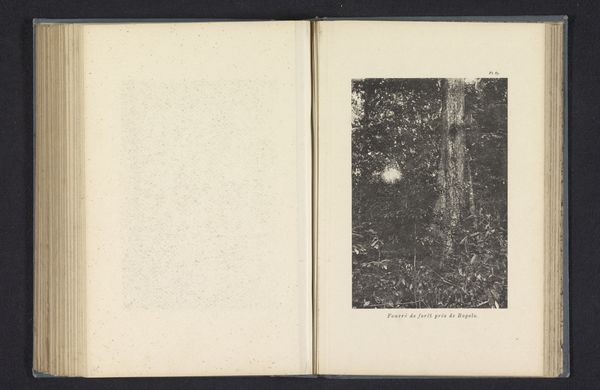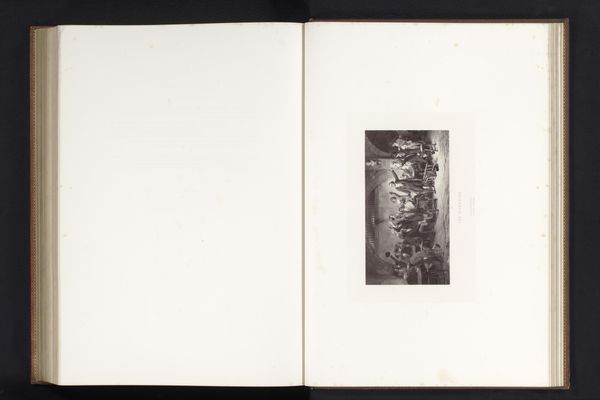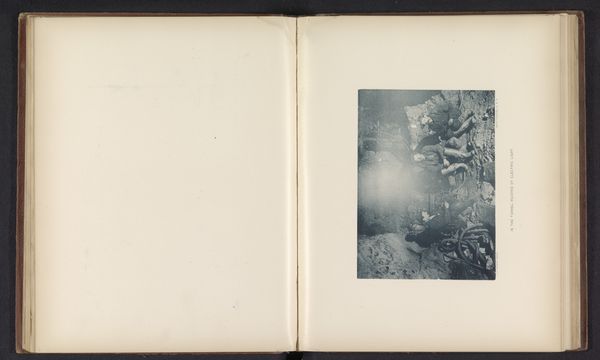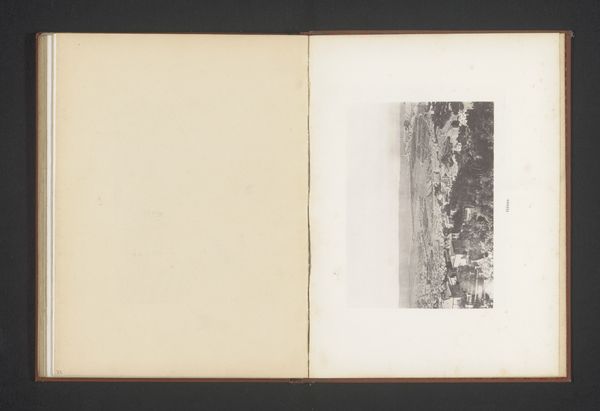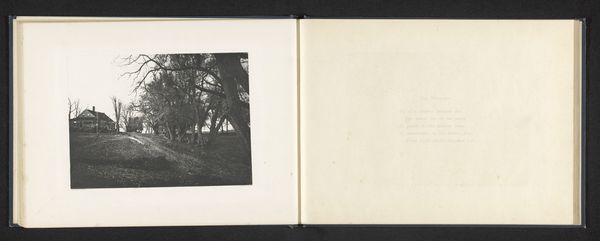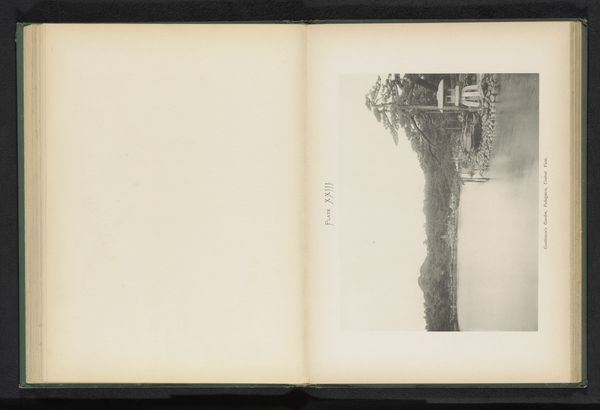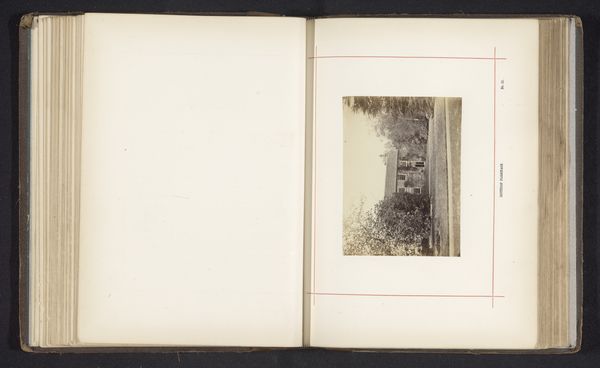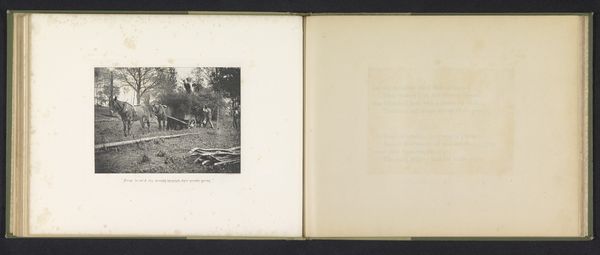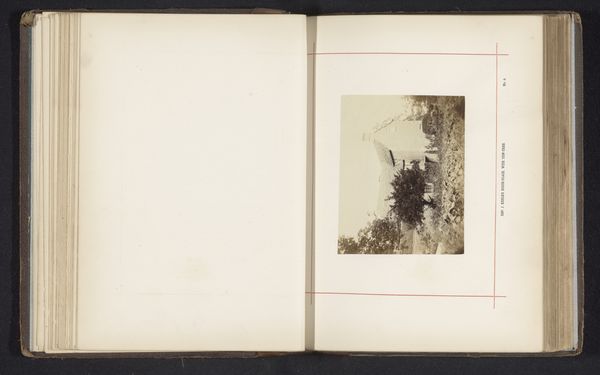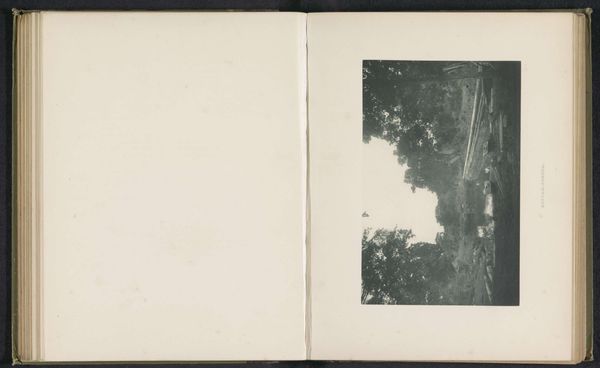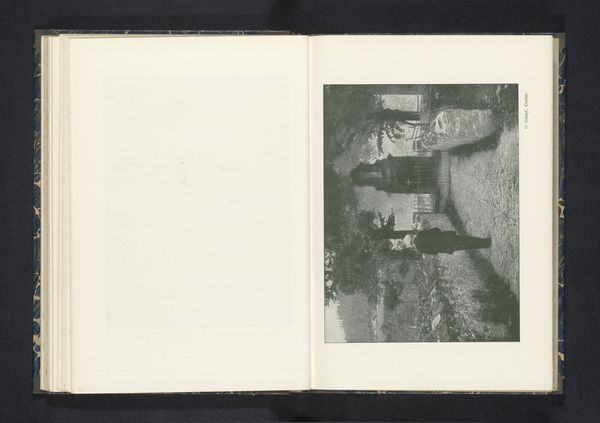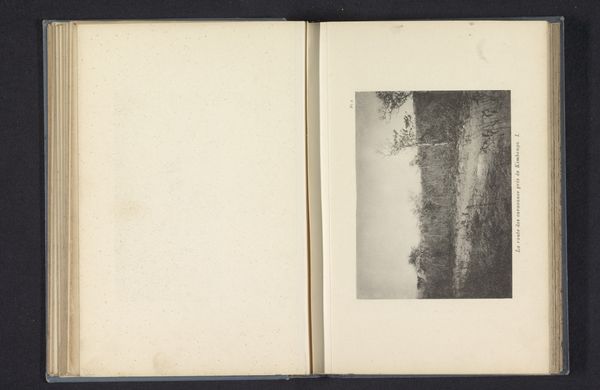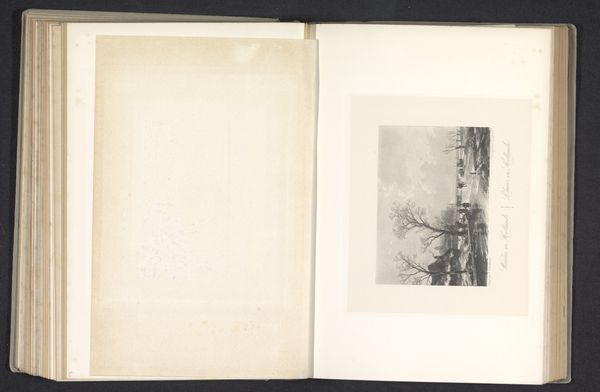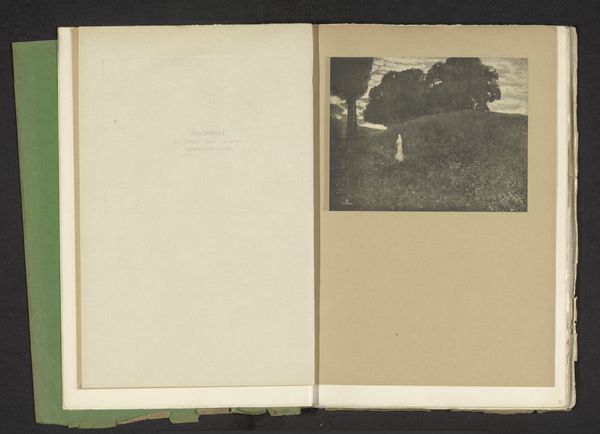
print, photography, gelatin-silver-print
#
pictorialism
# print
#
landscape
#
photography
#
gelatin-silver-print
Dimensions: height 139 mm, width 110 mm
Copyright: Rijks Museum: Open Domain
Editor: This gelatin silver print, "Paardenbloemen in een veld" or "Dandelions in a Field," was created by Rudolf Eickemeyer sometime before 1901. It’s beautiful, almost dreamlike. What really strikes me is its soft focus. How do you interpret this work? Curator: Well, within the context of pictorialism, Eickemeyer and his contemporaries were actively trying to elevate photography to the level of fine art. They did so, in part, by embracing techniques that mirrored painting and etching. This piece seems very successful. Think about what the cultural role of landscape imagery was at the time. Editor: I see your point. So, instead of a straightforward depiction, it's presenting an idealized view of nature, maybe even a longing for simpler times during a period of rapid industrial change? Curator: Precisely. The dandelion, a common weed, is transformed into something beautiful, almost romantic. How do you think the deliberate softness of focus contributes to this transformation, beyond the desire to mimic painting? Editor: It makes the scene less about precise detail and more about creating a general mood, focusing on feelings rather than sharp outlines. It almost democratizes the field, as it feels inviting and not intimidating. Curator: That’s insightful. The public perception of art like this depends heavily on what institutions choose to display and promote, shaping the narrative around photography's place in the art world. Do you think it achieved the goals Eickemeyer likely hoped for? Editor: Yes, especially considering that its dreamlike quality draws me in to look closely, and challenges what photography could become in that period. It highlights photography’s artistic potential. Curator: It really makes you consider the dialogue between art, nature, and the prevailing social attitudes of the era. I find it a potent reminder that even seemingly simple images can be rich with cultural meaning.
Comments
No comments
Be the first to comment and join the conversation on the ultimate creative platform.
